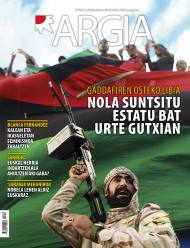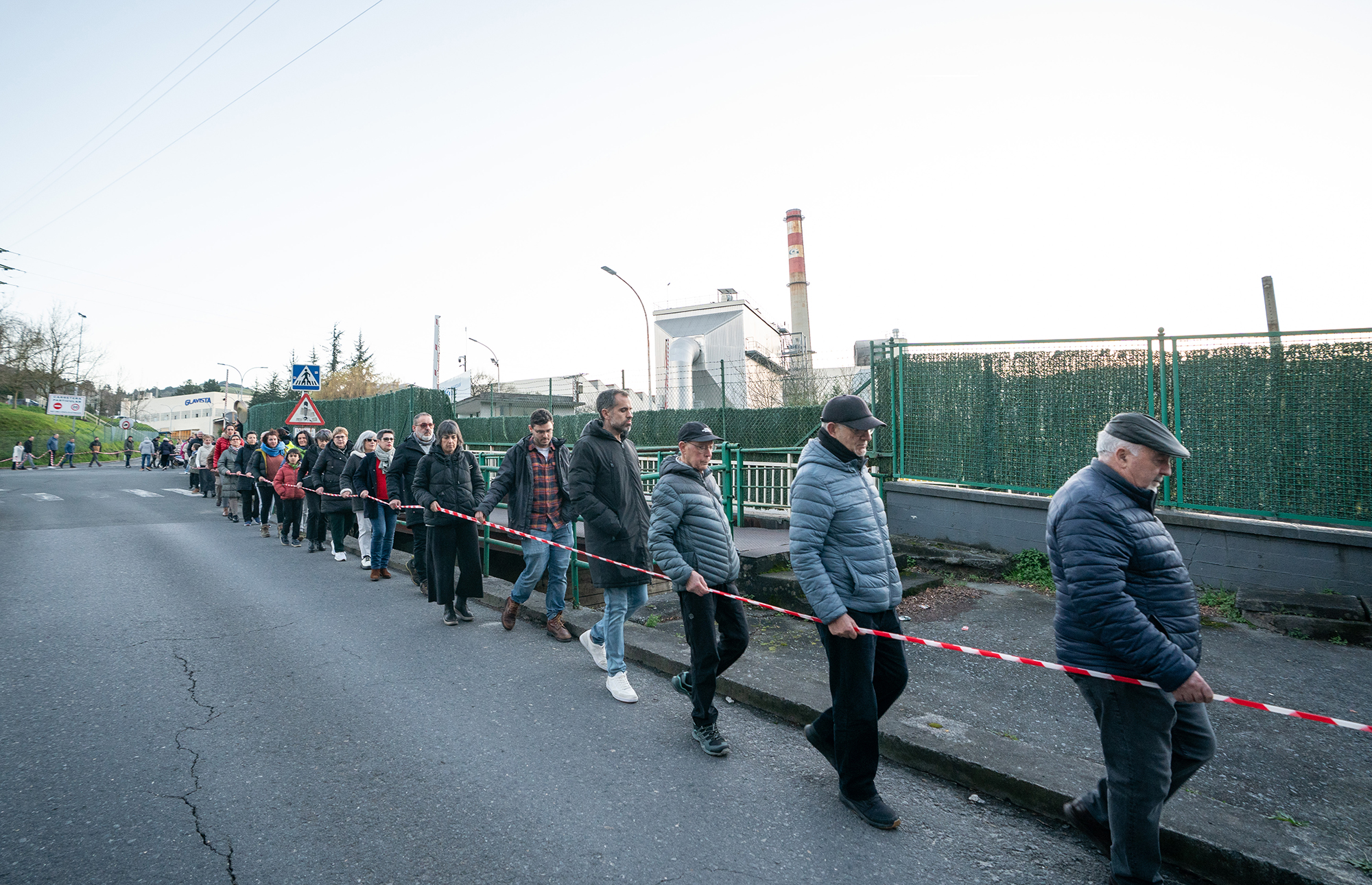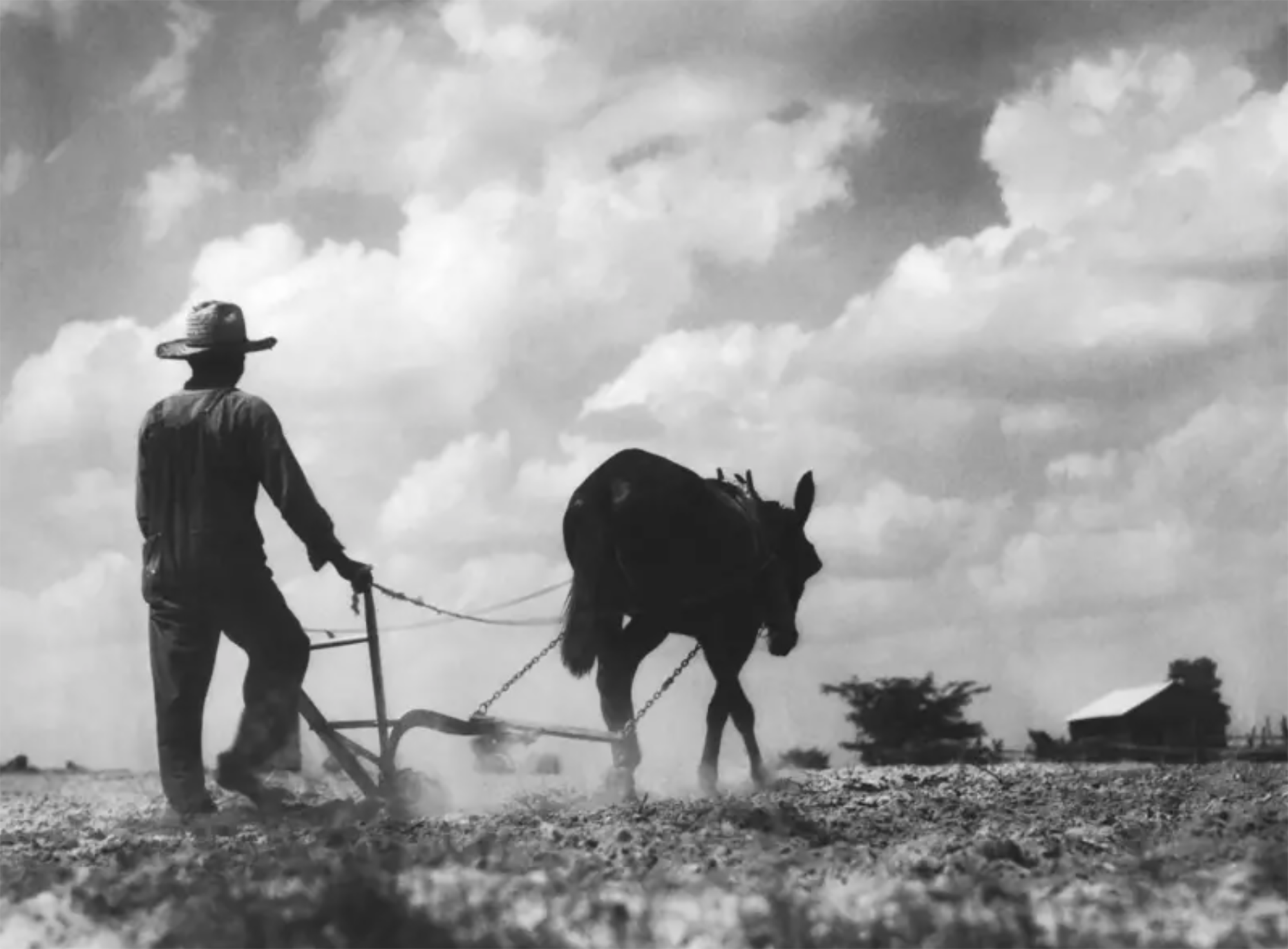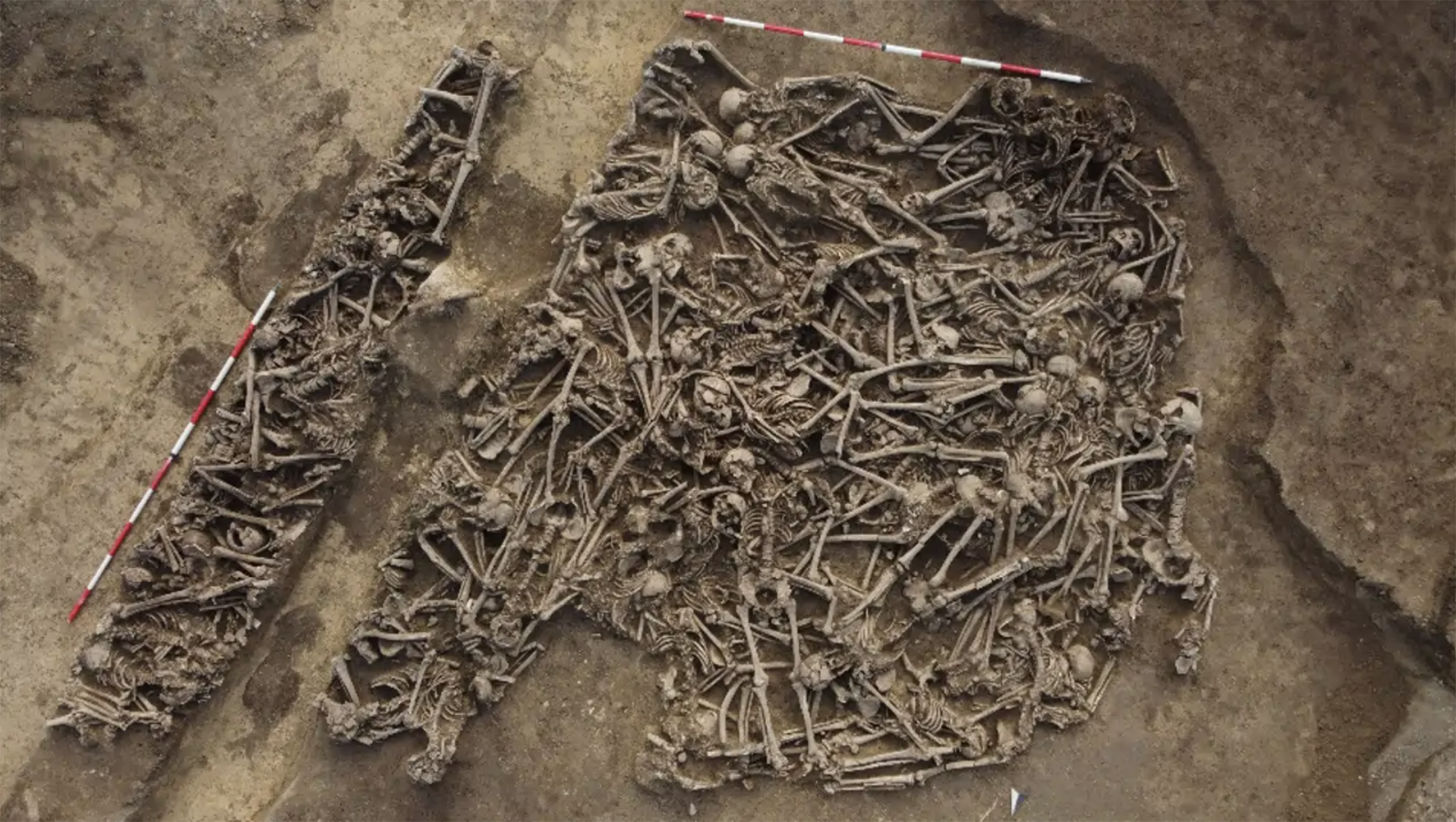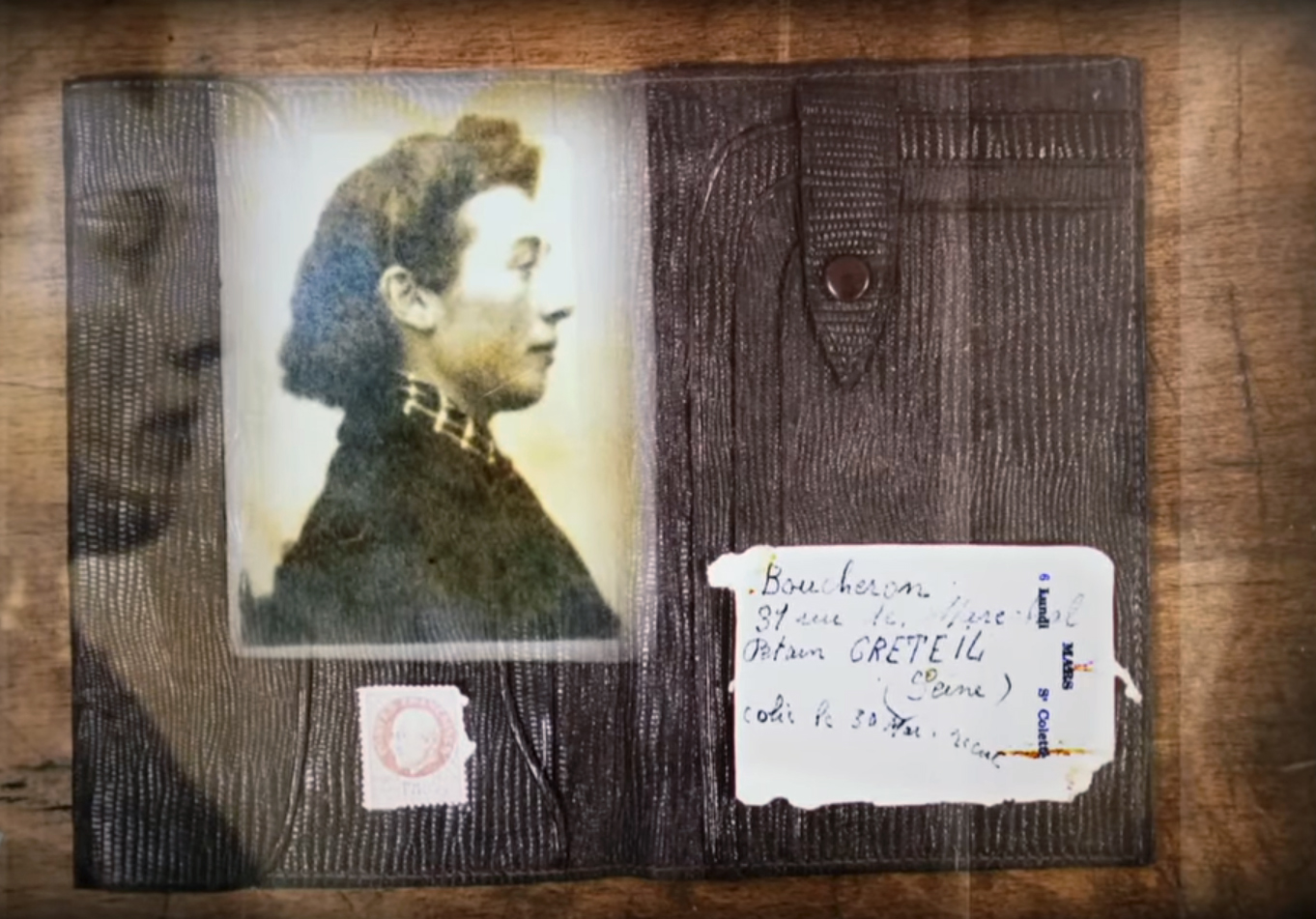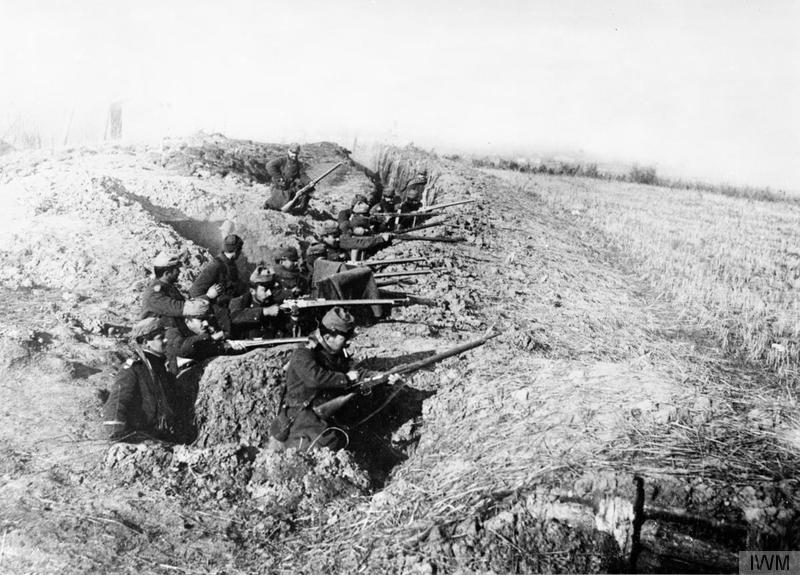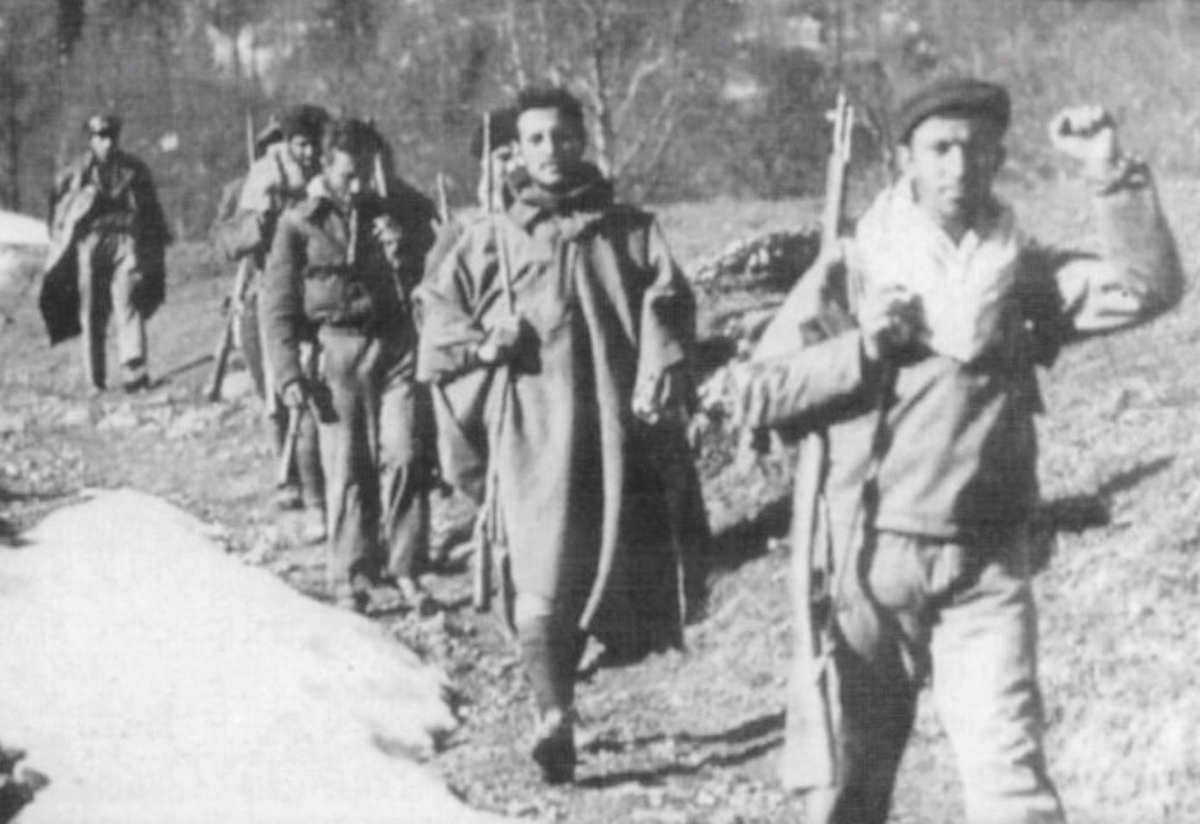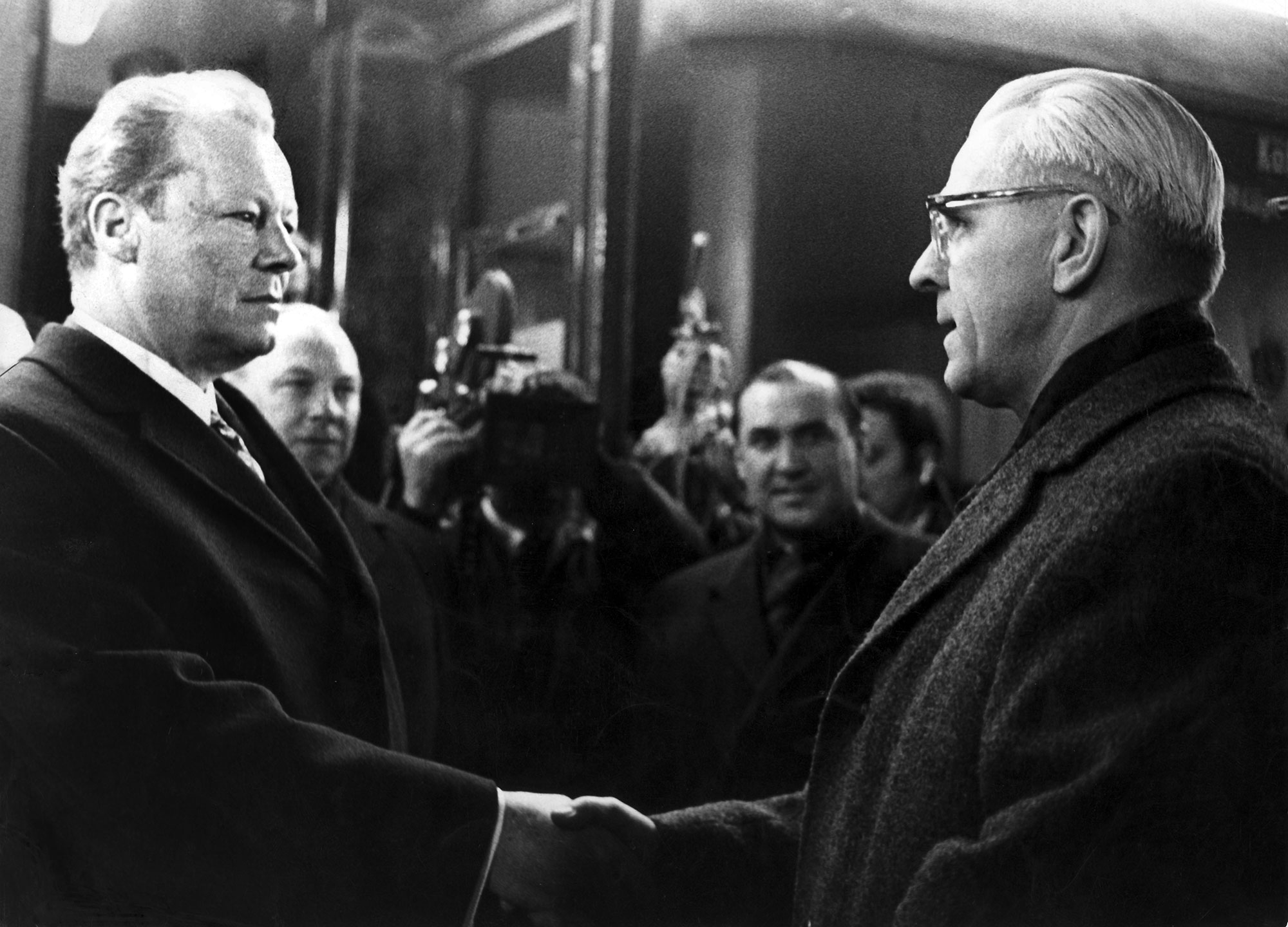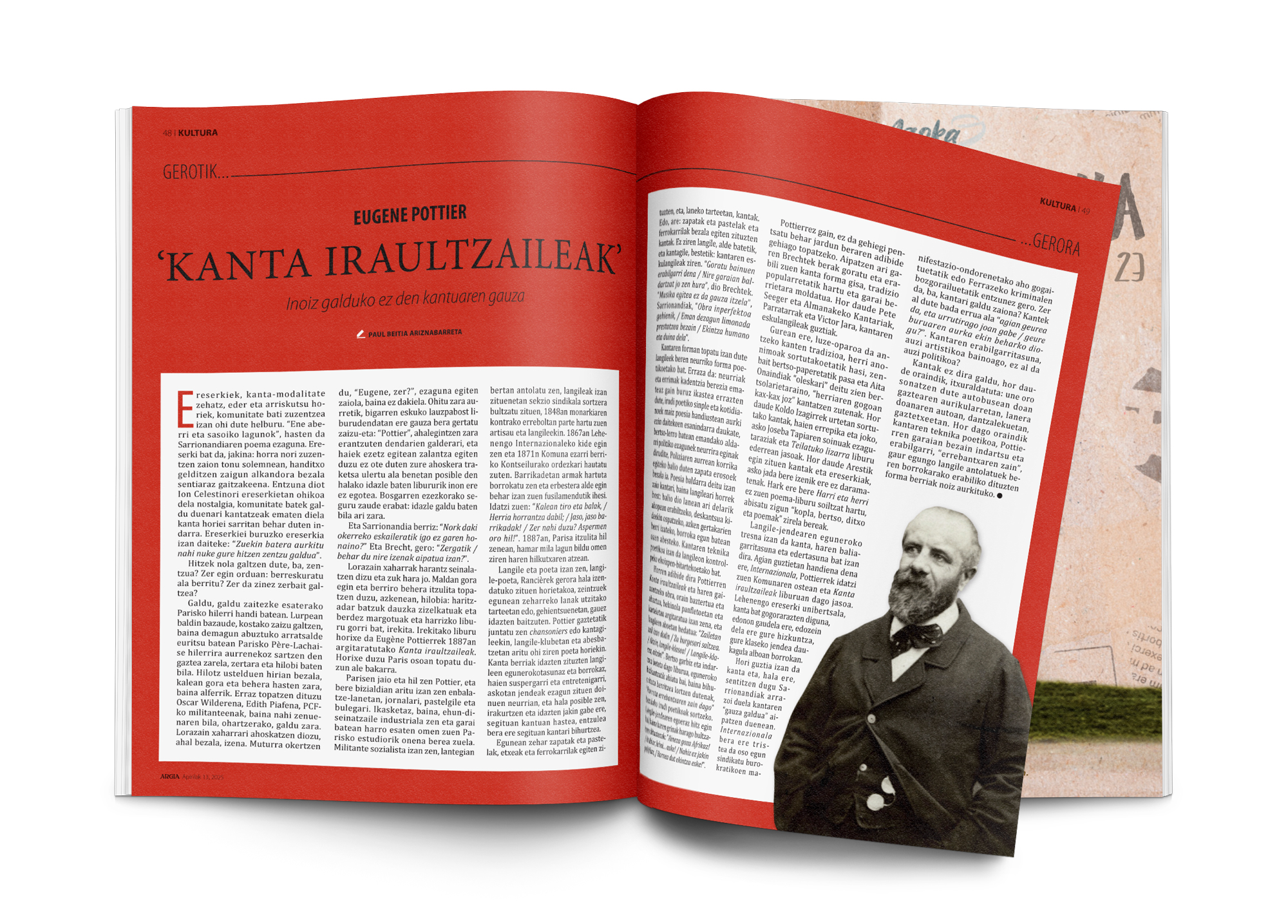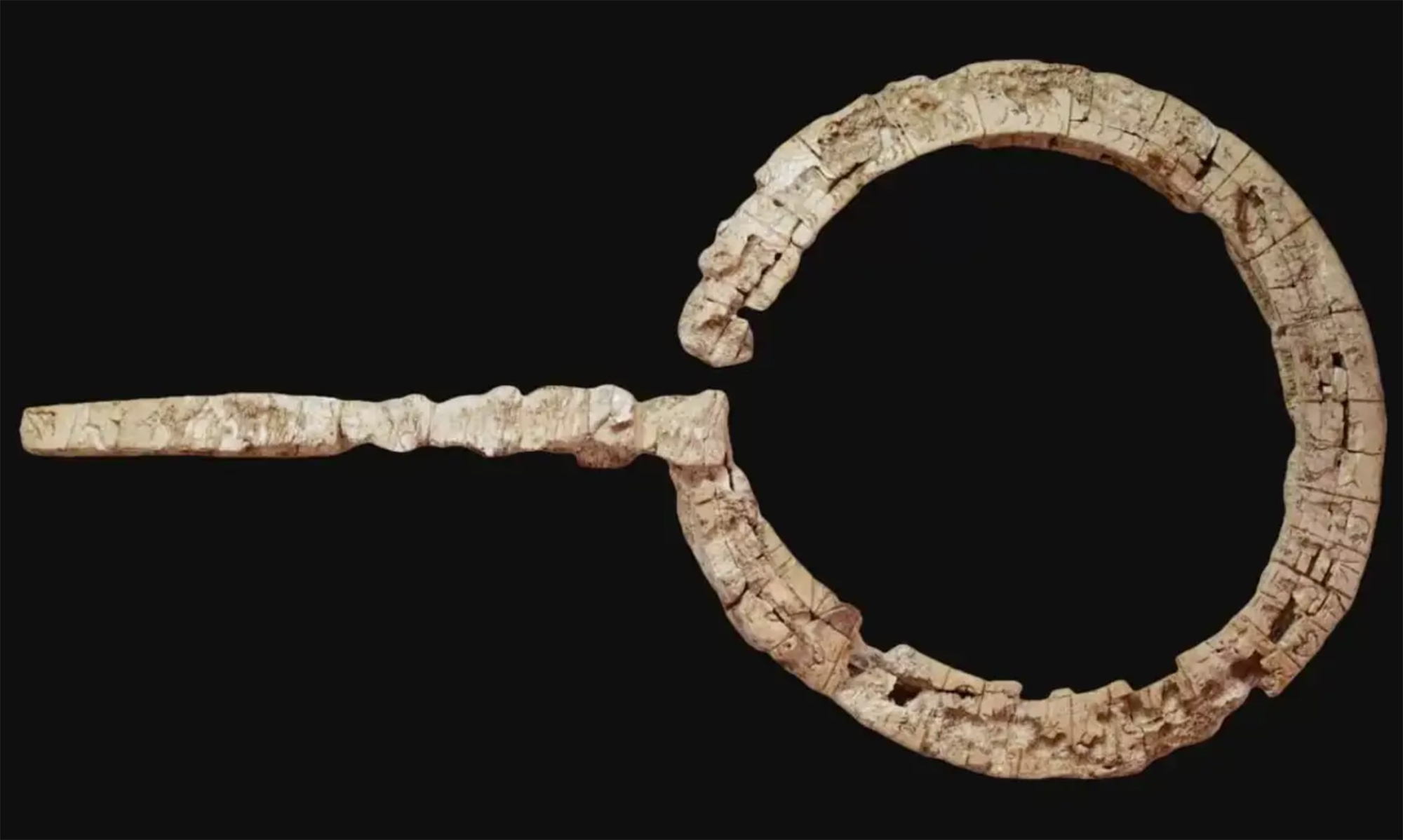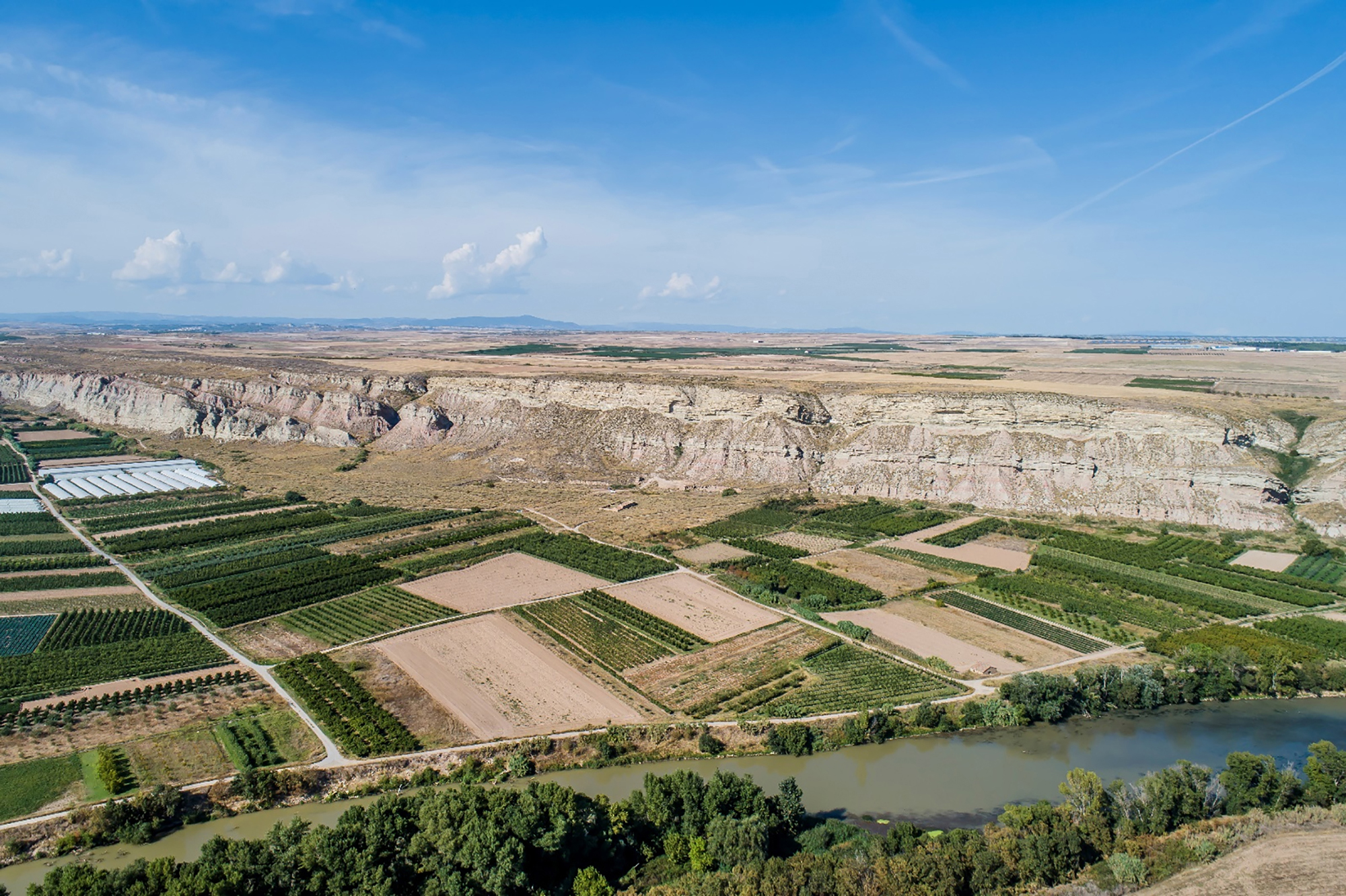Dominated yes, not assimilated
- The 11th of November marks the end of the First World War in Europe. Their wounds and cracks are still visible in our environment and in order to face the official historical account they have organized the act of Basque commemoration 1914-1918 from the shadow to the light in Baiona.
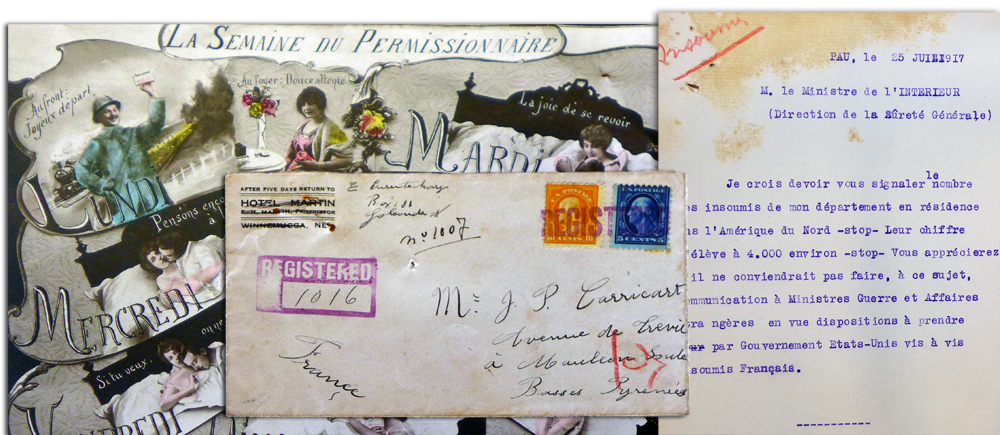
One of the objectives of the event organized in Baiona is to tell the hidden history of the Basques during the First World War, but not only that: “This is not limited to what happened in the Great War,” says Ibai Telletxea, “for centuries one of the weapons of the two states [France and Spain] has been the pen and that is what they have used to tell the historical events of our people.” Telletxea is a member of the association Lapurdi 1609, along with Epaiska, Bertsularien Lagunak, Zizpa Gaztetxea and Bernat Etxepare Lizeoa, one of the organizers of the event. On November 10, a Popular Tribute will be held in the theatre of Baiona, with the presence of bertsolaris, singers, musicians… and a theatrical reproduction of the events from 1914 to 1918, among others.
It uses the word “ethnozidio” to describe the strategy that these States used along with genocide, which is to systematically eliminate cultural peculiarities, as well as the way in which they were burned in 17th-century witch hunt XVIII.eko during the Convention War when they were massively deported to the Landes or the Gers. “It is essential to know this so as not to fall into simplistic readings,” he says, and talks about the idea that the Basques migrated to America because they were “very hard-working”, among other things.
With the data in hand, it can be seen that the French sentiment of the Basques called to take arms at the beginning of the twentieth century was not rooted: the number of war supplies was 1.5% in the entire State, compared to 20% in the Basque Country. The prefect of the Low Pyrenees, in a letter to the Minister of the Interior, told him that “the abominable attitude of the Basques is only explained in that special mentality they have, many consider their only homeland that land they have created and seen”.
It was not so long ago that the peoples under France enjoyed some sovereignty, with institutions such as the Labortana Conference. Thus, when decisions began to be taken as a centralized state from Paris, such as compulsory military service, great uncertainties emerged. “That’s why we say the Basques were not ideologically dominated,” Telletxea explained.
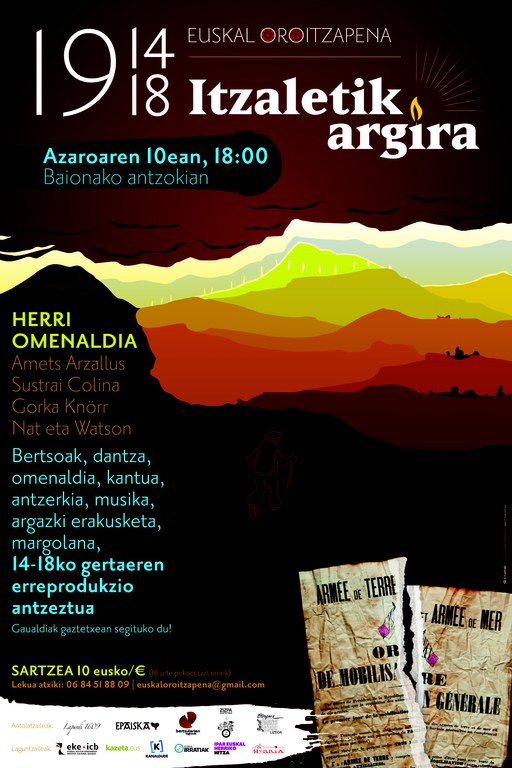 Only Basque knew
Only Basque knew
The authorities have long known that the school was “the most effective way to French the Basques”, words already used by the sub-prefect of Maule in 1802. The idea of knowing French was spreading to civilization and barbarism – even more so since the 1881 law of Minister Jules Ferry converted free, secular and compulsory education – the students were forbidden books in Basque and were told to speak in our language and in Breton was like “throwing the juice into the earth”.
However, despite these attempts at liquidation, research indicates that by the end of the 19th century the vast majority of Basques were still Basque. Why? “There was a time when the boys and girls who went to school ran out of didactic material,” says Lapurdi’s member 1609, most of them had books in Basque [related to religion], but by banning them there was a long parenthesis in the literacy process.”
It is understood that in the Basque Country the level of illiterates is much higher than in Bearn and other neighboring counties, where up to three quarters of the population reached. Historically, the Basque has been made to believe that it was a question of speaking Basque – in the opinion of Telletxea “the dominator climbed a step in the process of assimilation of the Basques” – but this situation arose because he was denied literacy in Basque.
When the First World War came, the majority remained monolingual Euskaldun, as Gorka Knör's song says: “They knew nothing but the hand...” Among the Bretons there were also monolinguals, and we know that one of them was shot believing that he had self-mutilated to get rid of war, without finding words to defend himself in French. In vain he will find his name in the monument Morts pour la Patrie, Pello Zubiria reminded us in the blog of ARGIA.
Paradoxically, when the battle began, they used Euskera to introduce French nationalism, especially through the weekly Eskualduna, which journalist Eneko Bidegain analyzed in detail in his thesis, and in the name of religion: “As God was from France, dying for her was legitimate,” says our interlocutor. In 1914 Bishop François-Marie Gieure voted out at the Baiona Cathedral: “Sir, your eyes have fallen fondly upon the French army.”
Hidden biographies
There are 158 villages in Lapurdi, Baja Navarra and Zuberoa, and 158 monuments were placed in honor of the deceased “for the homeland” from 1920, with a single implicit message: love France as you love your people. “That’s the reality that we’ve seen since we were young and that we see every November 11, that they want to transmit us from generation to generation.”
Convinced that this narrative cannot be left to those who come after it, Telletxea told us that “the new generations will have a pedagogical document in their hands that they have not yet had.”
Ibai Telletxea
(Association Lapurdi 1609):
“We will record the event and publish a book so that the new generations have a pedagogical document that they have not yet had.”
Because we know who the Garaztarra Jean Ibarnegarai was, who received the Legion of Honor medal, we know the exploits of the Pelotari War Joseph Apeztegi Xikitoa of Kanbo, and we've been told about the importance of the decisions of politician Georges Clemenceau to "win" the war. But the trail of other people condemned to anonymity has barely reached us. "Why will it be?" Coincidence? Is the tinted plumber finished in order to be able to continue writing?” the organizers of the November 10 event ask in the presentation text.
Pierre Etxeberri was a native of Izpurua. Driven to war by force, he hid himself from the trenches to save himself from the shells to the jungle, and the next day, when he returned to the infantry regime, he was shot for “escape before the enemy.” He will not even find his name in the monument to Izpura. Neither Koxe Maister's in Uztaritze's nor the name of the unmissable nor his four brothers. Mixel Dargaitz also became a deserter at the time Sara crossed the border between her hometown and Amaiur: Why I had to go / to war for the Basque Peoples / seven to be one in the vagina / to the past bertsolari threw a glove at the 1936 championship finals.
With these hidden biographies they want to show in Baiona that “although we are dominated, we are not assimilated”.
Azaroaren 10ean, 18:00etan, Baionako Antzokian egingo den ekitaldian “Euskal Herria bere osotasunean” inplikatu nahi dute antolatzaileek gertakari historiko hura berrinterpretatu eta transmititzeko, eta lurralde ezberdinetako jendeak hartuko du parte.
Sustrai Colina, Amets Arzallus, Gorka Knörr eta Nat eta Watson ariko dira kantuan. Bernat Etxepare lizeoko ikasleek prestaturiko dantza ikusteko aukera ere izango da omenaldian, eta horrez gain Gaizka Sarasola lesakarrak idatzitako antzezlanarekin ehun urte atzera egingo dute: “Aukera paregabea izango dugu garaiko errealitatera murgiltzeko”. Ekitaldian, bestalde, gerrako euskal presoei grabaturiko audioetan –berriki Berlinen aurkituak– gordetako kantak entzun ahal izango dira kantari “sorpresa” baten ahotik.
Lekua atxikitzeko 06 84 51 88 09 zenbakira deitu edo euskaloroitzapena@gmail.com helbidera idatzi.
Washington, D.C., June 17, 1930. The U.S. Congress passed the Tariff Act. It is also known as the Smoot-Hawley Act because it was promoted by Senator Reed Smoot and Representative Willis Hawley.
The law raised import tax limits for about 900 products by 40% to 60% in order to... [+]
During the renovation of a sports field in the Simmering district of Vienna, a mass grave with 150 bodies was discovered in October 2024. They conclude that they were Roman legionnaires and A.D. They died around 100 years ago. Or rather, they were killed.
The bodies were buried... [+]
My mother always says: “I never understood why World War I happened. It doesn't make any sense to him. He does not understand why the old European powers were involved in such barbarism and does not get into his head how they were persuaded to kill these young men from Europe,... [+]
Until now we have believed that those in charge of copying books during the Middle Ages and before the printing press was opened were men, specifically monks of monasteries.
But a group of researchers from the University of Bergen, Norway, concludes that women also worked as... [+]
Florentzia, 1886. Carlo Collodi Le avventure de Pinocchio eleberri ezagunaren egileak zera idatzi zuen pizzari buruz: “Labean txigortutako ogi orea, gainean eskura dagoen edozer gauzaz egindako saltsa duena”. Pizza hark “zikinkeria konplexu tankera” zuela... [+]
Ereserkiek, kanta-modalitate zehatz, eder eta arriskutsu horiek, komunitate bati zuzentzea izan ohi dute helburu. “Ene aberri eta sasoiko lagunok”, hasten da Sarrionandiaren poema ezaguna. Ereserki bat da, jakina: horra nori zuzentzen zaion tonu solemnean, handitxo... [+]
Linear A is a Minoan script used 4,800-4,500 years ago. Recently, in the famous Knossos Palace in Crete, a special ivory object has been discovered, which was probably used as a ceremonial scepter. The object has two inscriptions; one on the handle is shorter and, like most of... [+]
Londres, 1944. Dorothy izeneko emakume bati argazkiak atera zizkioten Waterloo zubian soldatze lanak egiten ari zela. Dorothyri buruz izena beste daturik ez daukagu, baina duela hamar urte arte hori ere ez genekien. Argazki sorta 2015ean topatu zuen Christine Wall... [+]









